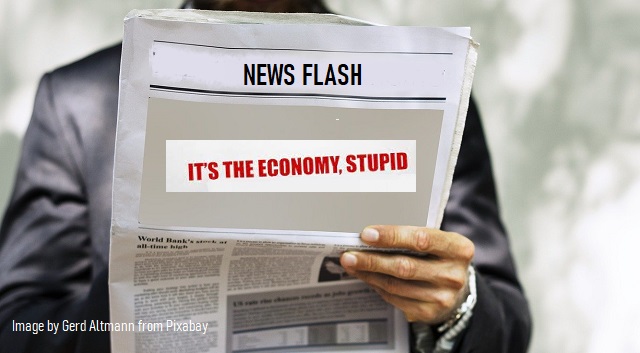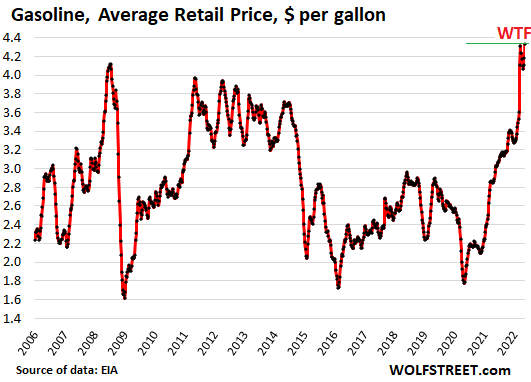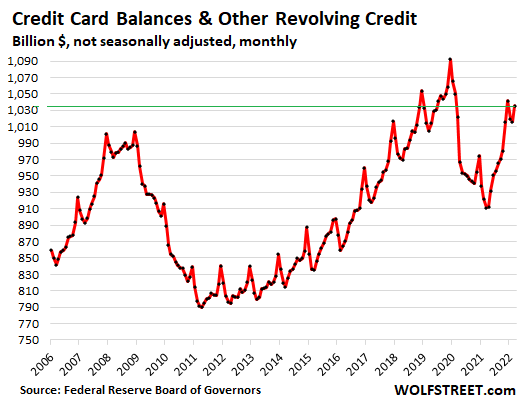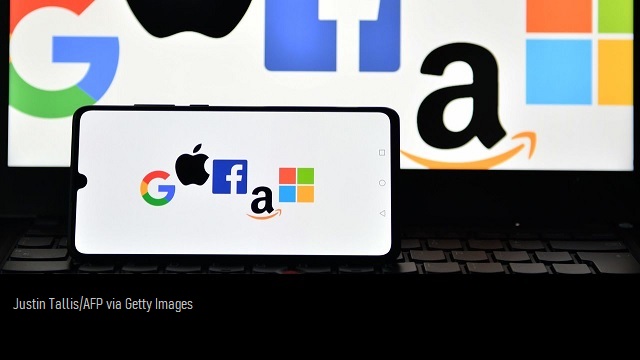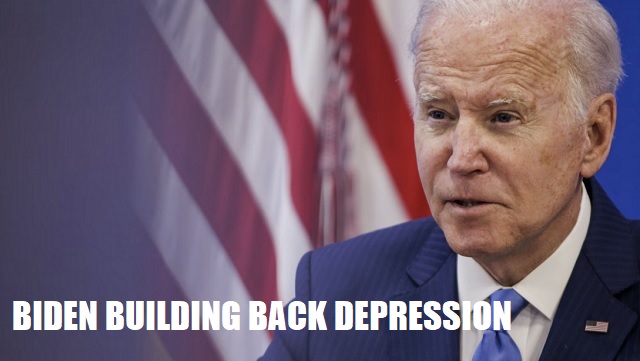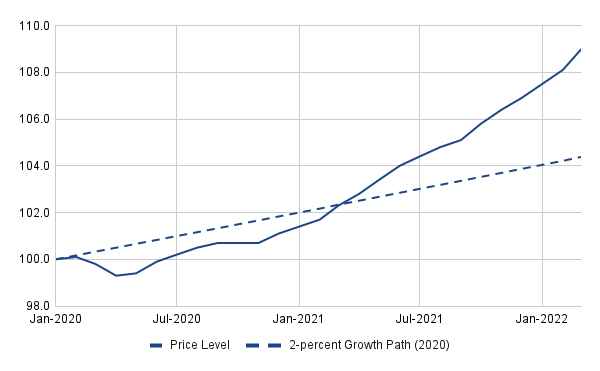During the recent government panic over Covid, almost all governments in one form or another used “lockdown”, or the quarantining of the healthy, in order to stop the spread of the disease. This was a first in history because usually, isolating the sick or the especially vulnerable was the strategy.
The result was severe economic distortion including soaring debt, rising inflation, and completely tangled supply chains. We will all be lucky if a global depression can be avoided as a consequence of these flawed policies. Starvation in the Third World is a real possibility.
But even simply on the basis of healthcare outcomes, growing evidence shows it was a terrible mistake. This includes no better fatality rates, a bulge in health problems from those who could not seek treatment for other ailments and conditions, soaring mental health issues including drug and alcohol abuse, catastrophic disruption of schooling and the lives of children, and the severe diminution of personal liberty.
In the early phases of the pandemic, given the unknown nature of the virus from China, and the severe response China had to a pandemic that they likely were more knowledgeable about than other nations, it would be charitable to give governmental officials some latitude. They simply did not know what they were dealing with and copied China.
Computer models vastly exaggerated the possible fatalities. It also seemed to feed into the needs of Progressives to control every aspect of life, kind of a dry run for their coming “lockdown” to save the world from “climate change.”
There was widespread fear that hospitals would collapse under the weight of the infected.
As more information began to become available, it appeared many of these measures did little good and in fact did substantial harm. Some countries, continued harsh measures, while others began to relax the regulations.
Within the US, typically states and cities run by Democrats continued severe measures and while Republican states, used a lighter touch. It soon became clear that outcomes were no better, and sometimes worse, in states with harsh lockdown policies. Yet, advocates of harsh lockdown decided to follow only the “science” that supported their policies.
This caused a further divide politically in the U.S., with die-hard lockdown politicians seeming to revel in their newly found power to abuse civil liberties, while Republicans began to protest, refused to comply, and mock the excesses of others.
It divided families and friends as well. One group seems forever terrified and wanted to force others to embrace their fears by forcing others to vaccinate, wear masks, and curtail group activities.
Others calculated their own risk and tried as best to go on with their lives within the restrictions.
The vaccinated and boosted members of societies began to get the virus and spread the virus. If this was a vaccine in the traditional sense, it seemed quite ineffectual. Even President Trump, ever eager to brag about “Operation Warp Speed”, began to have doubts about the role he played in all of this.
But, we could have had mass vaccination without lockdown.
Even today, it is not uncommon to see people wearing masks alone while walking outside or riding in a car. It is hard to recall any period in U.S. history where such fear gripped a large segment of the population. The mask became a talisman to ward off evil spirits, it would seem.
To vaccinate very young children, who have virtually no chance of dying from the virus, but yet run the considerable risk of adverse reactions, still continues to be promoted.
Among nations, really only one pursued fundamentally a different strategy. It was generally to protect the vulnerable elderly while leaving younger citizens with lower risk to make their own calculations of risk.
We highlighted this experience in multiple articles to our readers as we found their approach much more balanced and their results really no worse than severe lockdown states.
The country, of course, was Sweden.
Sweden generally has designed a mixed economy, high taxes, generous state-provided benefits, and open immigration, while allowing considerable room for enterprise and personal freedom.
It does not exactly fit the description of a government that would pursue this lighter touch to the pandemic. But English-style democracies like Australia and New Zealand were among the most dictatorial, while quasi-socialist Sweden took another route.
Yet Sweden was constantly mocked for its approach. You just don’t stand apart from a good bureaucratic stampede.
To date, little press has been given to the remarkable difference in Sweden. Perhaps, this is because the information is so embarrassing to the more popular harsh lockdown politicians around the world.
We are proud that at The Prickly Pear, we repeatedly tried to call attention to the Swedish approach with multiple articles.
That is why it is perhaps an encouraging signal that a reckoning is coming for the harsh lockdown crowd with the publication in the Washington Monthly, of a major article on Sweden, and an analysis of all the terrible unintended consequences that followed in the U.S. from harsh lockdown policies.
The Washington Monthly is not known for being particularly conservative and its readership is Beltway elites. That makes their piece on this subject all the more revelatory. This is not a fringe publication, but rather one popular in the corridors of political power, the same corridors that produced awful lockdown policies.
Here are a few snippets from What Sweden Got Right About Covid :
“But Sweden seems to have been right. Countries that took the severe route to stem the virus might want to look at the evidence found in a little-known 2021 report by the Kaiser Family Foundation. The researchers found that among 11 wealthy peer nations, Sweden was the only one with no excess mortality among individuals under 75. None, zero, zip.
That’s not to say that Sweden had no deaths from COVID. It did. But it appears to have avoided the collateral damage that lockdowns wreaked in other countries. The Kaiser study wisely looked at excess mortality, rather than the more commonly used metric of COVID deaths. This means that researchers examined mortality rates from all causes of death in the 11 countries before the pandemic and compared those rates to mortality from all causes during the pandemic. If a country averaged 1 million deaths per year before the pandemic but had 1.3 million deaths in 2020, excess mortality would be 30 percent.
There are several reasons to use excess mortality rather than COVID deaths to compare countries. The rate of COVID deaths ignores regional and national differences. For example, the desperately poor Central African Republic has a very low rate of fatalities from COVID. But that’s because it has an average life expectancy of 53. People in their 70s are 3,000-fold more susceptible than children to dying of COVID, and even people in their 20s to 50s are far less likely to die than the elderly. So, it’s no surprise that the Central African Republic has a low COVID mortality rate despite its poverty and poor medical care. The U.S., by contrast, with its large elderly population (and general ill-health compared to most wealthy countries), was fertile soil for the coronavirus.
Excess mortality is the smart, objective standard. It includes all deaths, whether from COVID, the indirect effects of COVID (such as people avoiding the hospital during a heart attack), or the side effects of lockdowns. And it gets rid of the problem of underlying differences among countries, allowing a direct comparison of their performance during COVID.”
They go on to say:
“Even among the elderly, Sweden’s excess mortality in 2020 was lower than that in the U.S., Belgium, Switzerland, the U.K., the Netherlands, Austria, and France. Canada, Germany, and Australia had lower rates than Sweden among people over the age of 70—probably because Sweden failed to limit nursing home visits at the very beginning of the pandemic.
The U.S., by contrast, had the highest excess mortality rate among all 11 countries in the Kaiser study. We also had a stunning number of COVID deaths—more than 1 million. Our lousy rate is probably due to multiple factors, says Jay Bhattacharya, a professor of medicine at Stanford University and senior fellow at the Stanford Institute for Economic Policy Research. Our underlying health is worse than most wealthy countries because of our wide wealth gap, high rates of poverty and obesity, spotty access to high-quality health care for the poor, and an aging population.”
There is much to be learned about this whole Covid affair. Where did it come from? Why did governments react the way they did, even as information came in contradicting their policy? Why did so many people abandon their freedom and responsibility for their own lives? What role did the media play in spreading irrational fear? Will any of our leaders ever be held accountable for their decisions? Where were the checks and balances in our American system?
Maybe the process of self-examination can now begin because a beltway publication is now willing to talk about it. Let’s face it, our leaders, our press, and our medical establishment failed us terribly.
TAKE ACTION
America is now aware of the Department of Homeland Security’s new ‘Disinformation Governance Board’. DHS Secretary Alejandro Mayorkas called disinformation a “threat” that needs to be addressed with federal law enforcement power. (Is it coincidental that Elon Musk will shortly take Twitter private and re-establish a free speech platform in America?)
This new DHS office is the Biden Speech Police and represents an existential threat to our First Amendment and our Republic. Please click the adjacent red TAKE ACTION link for the resources to inform your Senators and Representatives about this unconstitutional and tyrannical assault on American Free Speech and our fierce rejection of it.
